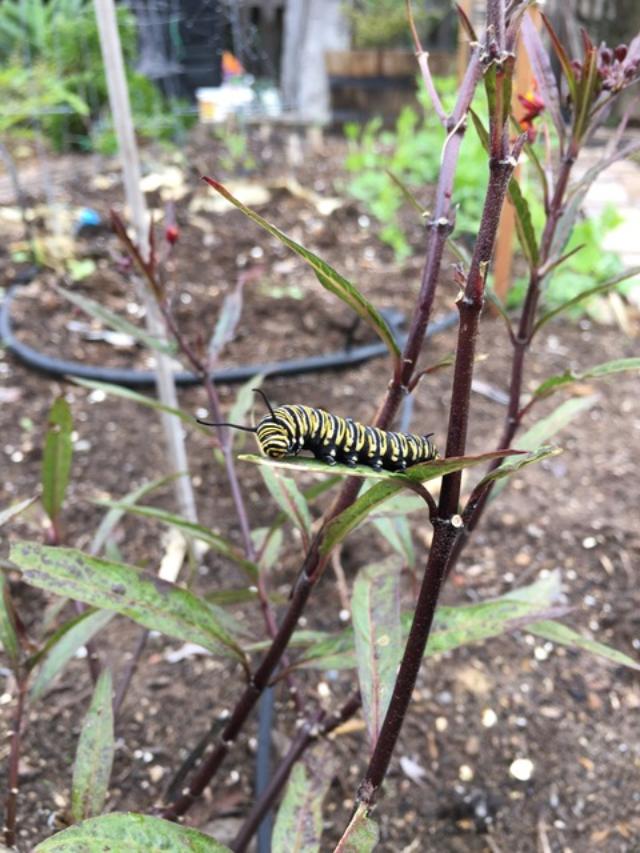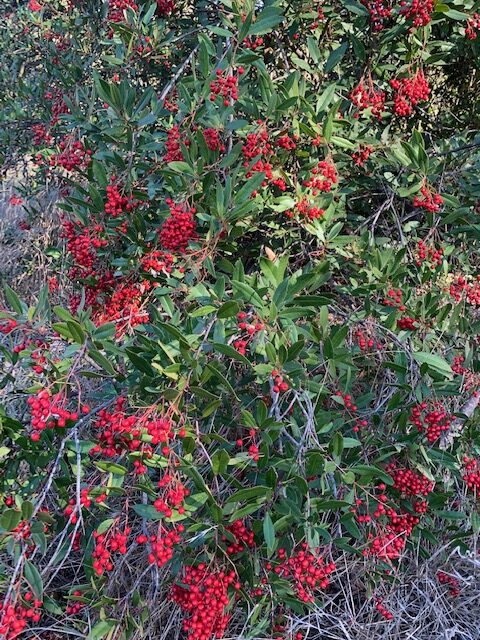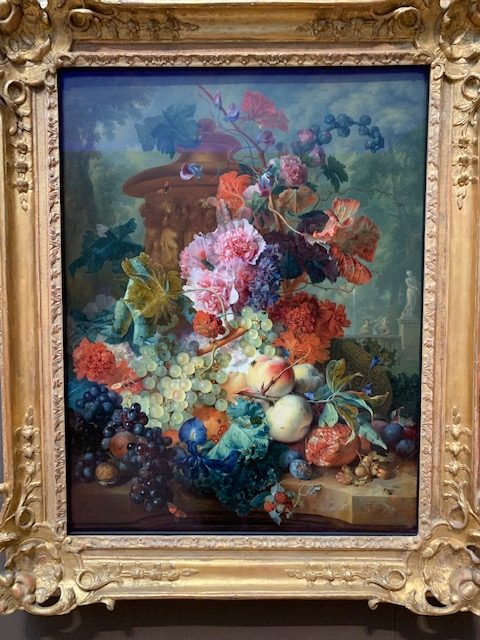A migrating female Monarch placed her egg (the size of a pin head) on a leaf of this milkweed in my garden.
Four days later a caterpillar emerged and started eating. Ten days later, and about 2” long, the caterpillar developed a chrysalis which can be found hanging on a nearby tree or post.
Ten days later, the monarch emerged. Pretty amazing journey for 28 days
Monarch butterflies lay their eggs on just one plant, and that is milkweed, Asclepias. This picture shows Asclepias curassavica.
This genus is herbaceous, perennial and flowering. Monarch caterpillars eat only the leaves of the milkweed.
Milkweed is a beneficial wildflower and is not invasive. Other species use the nectar and some will also eat parts of the plant.
The plant, which has a milky sap, does contain toxins, which can be harmful to pets and humans, so be careful when handling.
post provided by SC.



